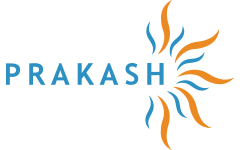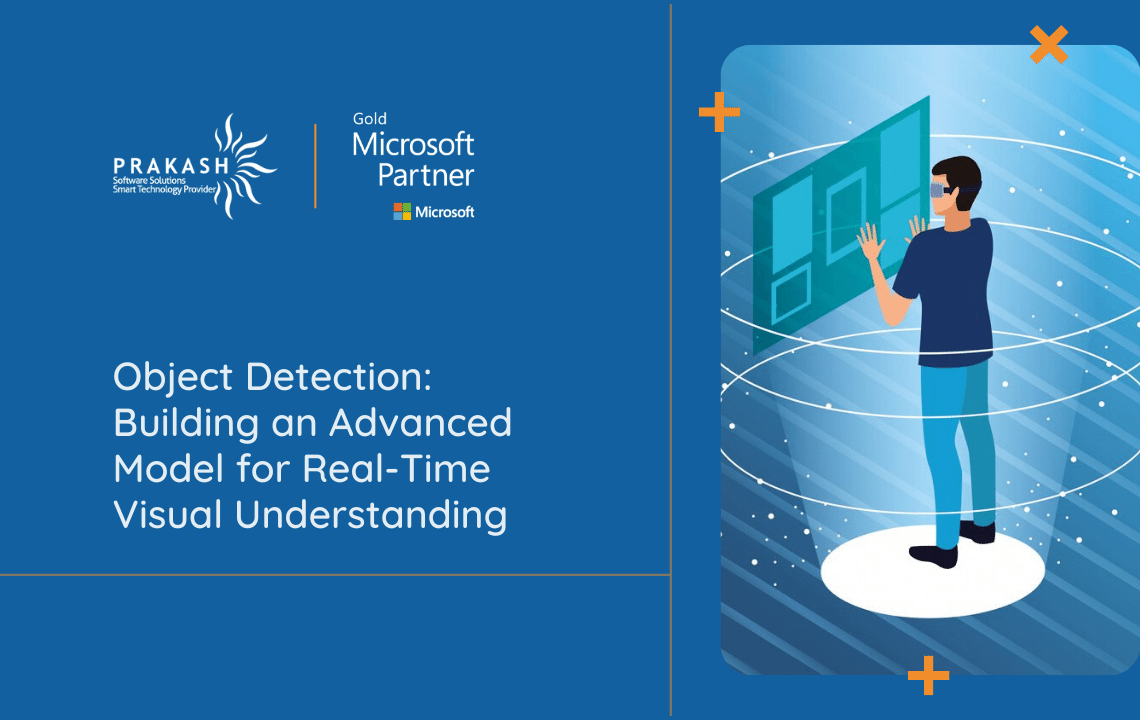
Object Detection for Real-Time Visual Understanding
In the contemporary landscape of swiftly advancing technology, the precise detection and localization of objects within images or videos hold paramount importance across diverse domains. Object detection models serve as pivotal tools in enabling machines to comprehend visual data, thereby facilitating tasks ranging from autonomous driving to surveillance and beyond. This blog endeavors to shed light on PSSPL’s endeavors in crafting and assessing an advanced object detection model. This model is engineered to proficiently and accurately identify multiple objects within intricate visual scenes, marking a significant stride forward in the realm of computer vision technology.
Understanding Object Detection
Object detection is a pivotal computer vision endeavor focused on identifying visual objects from designated classes (such as humans, animals, cars, or buildings) within digital images, encompassing both photographs and video frames. The core aim of object detection is to develop computational models capable of providing essential information essential for computer vision applications: discerning the presence and location of objects within a given visual context.
Significance of Object Detection
The importance of object detection within the domain of computer vision cannot be overstated. It serves as the foundational pillar for various other tasks, including object tracking, image captioning, and both instance and image segmentation. Object detection’s relevance extends to diverse applications such as pedestrian detection, animal detection, vehicle detection, people counting, face detection, text detection, pose detection, and number-plate recognition, among others.
Let’s us now examine the problem statement:
Problem Statement
The difficulty lies in creating an object detection model that can precisely identify and pinpoint multiple objects within images or videos in real-time, irrespective of differences in scale, orientation, or occlusion. Current methods frequently face challenges in balancing high accuracy and efficiency, especially when confronted with complex scenes harboring a multitude of objects from diverse classes. Thus, the main goal of this project is to develop and deploy a resilient object detection model capable of attaining state-of-the-art performance metrics in accuracy, speed, and scalability.
Data Collection and Preprocessing
1. Model1
For this project, the Common Objects in Context (custom) dataset was utilized as the primary source of training and evaluation data. The custom dataset provides a large collection of images annotated with object labels and bounding box coordinates for over 81 object categories. Prior to model training, the dataset underwent preprocessing steps, including resizing images to a uniform size, normalizing pixel values, and augmenting data through techniques such as rotation and flipping to enhance model generalization.
Custom Labels(81)
[‘person’, ‘bicycle’, ‘car’, ‘motorcycle’, ‘airplane’, ‘bus’,
‘train’, ‘truck’, ‘boat’, ‘traffic light’, ‘fire hydrant’, ‘-‘,
‘stop sign’, ‘parking meter’, ‘bench’, ‘bird’, ‘cat’, ‘dog’,
‘horse’, ‘sheep’, ‘cow’, ‘elephant’, ‘bear’, ‘zebra’, ‘giraffe’,
‘backpack’, ‘umbrella’, ‘handbag’, ‘tie’, ‘suitcase’, ‘frisbee’,
‘skis’, ‘snowboard’, ‘sports ball’, ‘kite’, ‘baseball bat’,
‘baseball glove’, ‘skateboard’, ‘surfboard’, ‘tennis racket’,
‘bottle’, ‘wine glass’, ‘cup’, ‘fork’, ‘knife’, ‘spoon’, ‘bowl’,
‘banana’, ‘apple’, ‘sandwich’, ‘orange’, ‘broccoli’, ‘carrot’,
‘hot dog’, ‘pizza’, ‘donut’, ‘cake’, ‘chair’, ‘couch’,
‘potted plant’, ‘bed’, ‘dining table’, ‘toilet’, ‘tv’, ‘laptop’,
‘mouse’, ‘remote’, ‘keyboard’, ‘cell phone’, ‘microwave’, ‘oven’,
‘toaster’, ‘sink’, ‘refrigerator’, ‘book’, ‘clock’, ‘vase’,
‘scissors’, ‘teddy bear’, ‘hair drier’, ‘toothbrush’]
2. Azure AI Computer Vision Service
The Azure AI Computer Vision Object Detection model utilizes Azure’s proprietary dataset, which is curated and maintained by Microsoft. Prior to analysis, the dataset undergoes preprocessing steps within the Azure platform. This may include data cleaning, normalization, and augmentation to enhance the model’s performance. As Azure manages the dataset internally, users can seamlessly access and utilize the data for object detection tasks without the need for additional collection or preprocessing efforts. The Azure AI service ensures that the dataset is continually updated and refined to maintain high quality and relevance for various object detection applications.
To learn more on this, connect with PSSPL experts on how we leveraged cutting-edge techniques in computer vision and deep learning. What was our methodology etc.
Results:
Model1
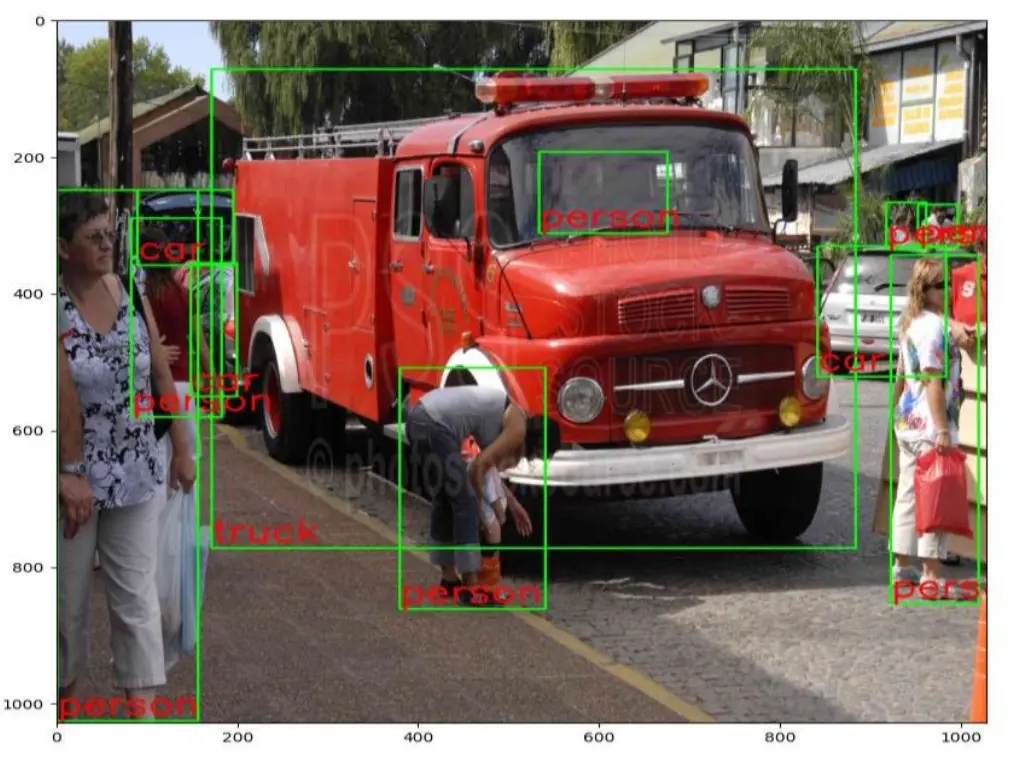
AZURE AI Computer Vision Model
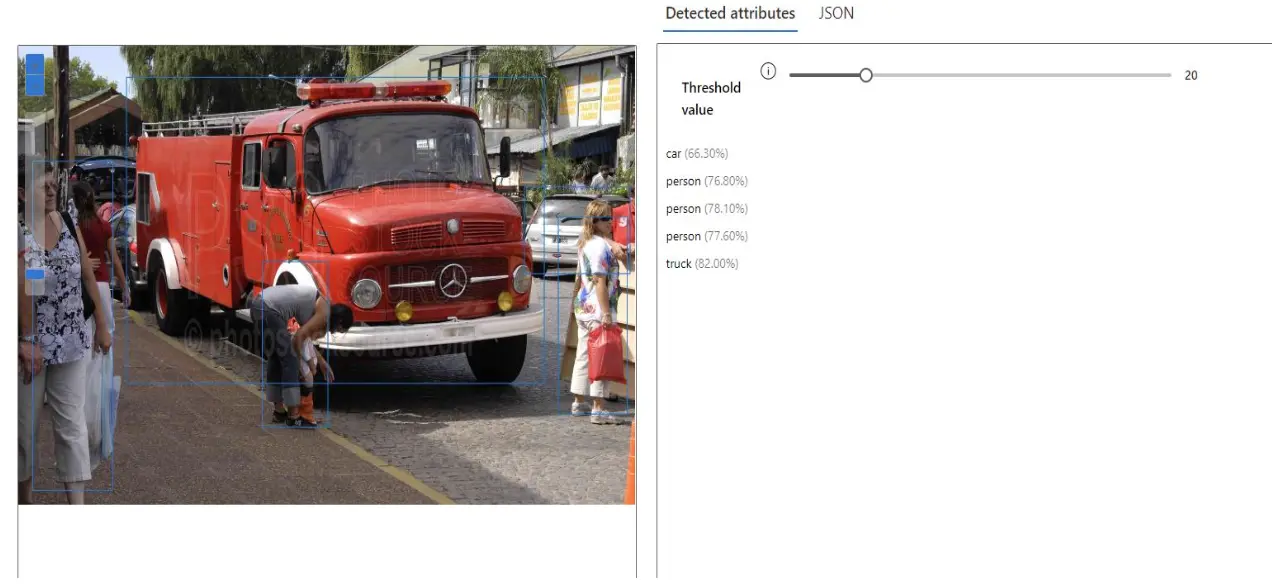
Model1
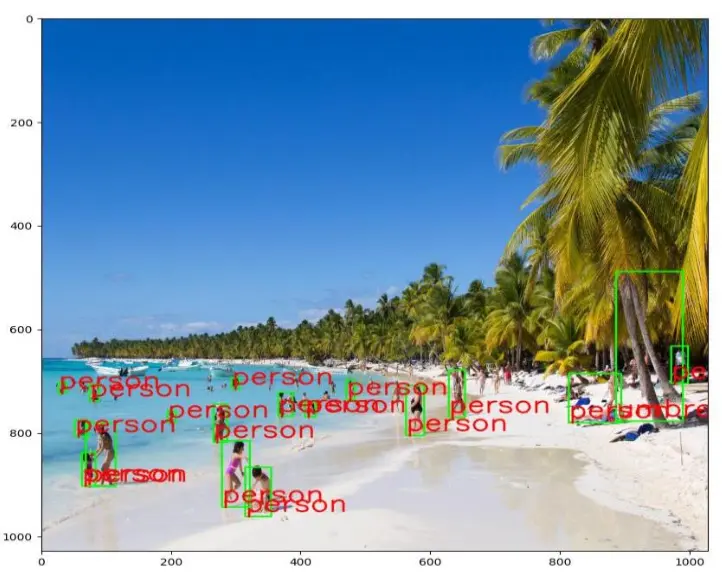
AZURE AI Computer Vision Model
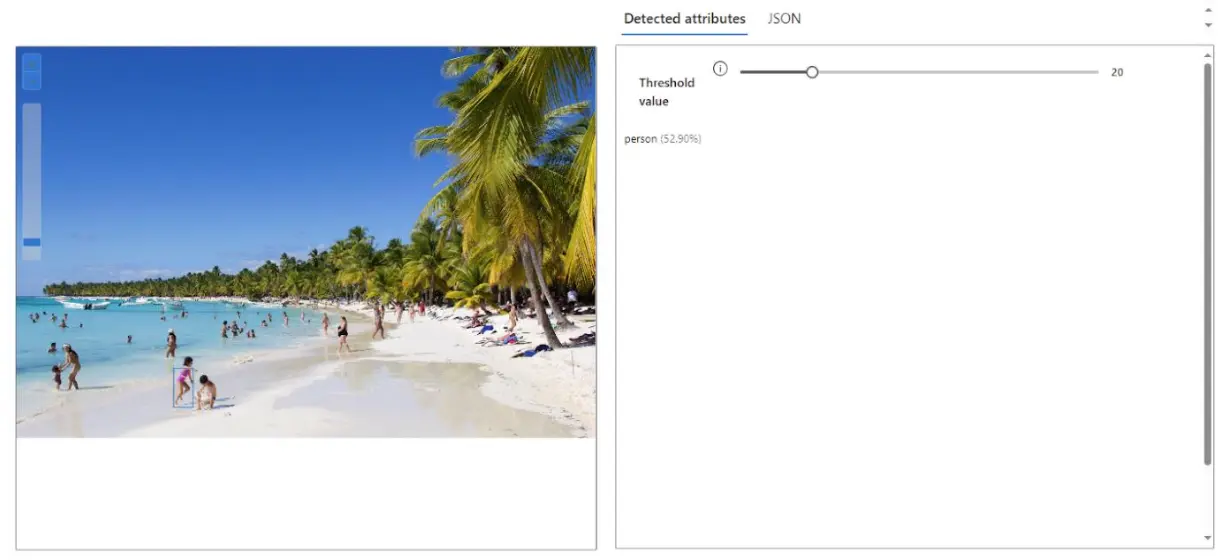
Model1
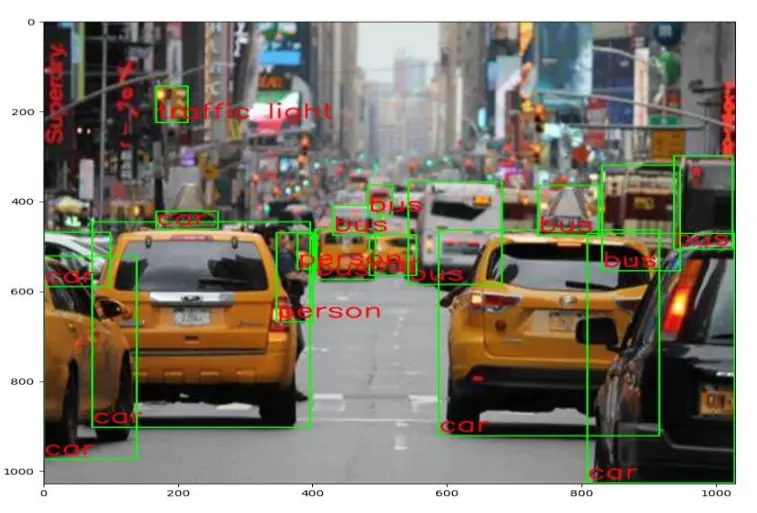
AZURE AI Computer Vision Model

Wrapping Up
In conclusion, the creation of a robust object detection model represents a significant step forward in the quest for artificial visual intelligence. By tackling the hurdles of accuracy, speed, and scalability, our aim is to extend the frontiers of real-time visual comprehension. Through ongoing refinement and innovative strides, we envision paving the path towards a future where machines can effortlessly engage with and decipher the surrounding world with unparalleled precision and efficiency.
Happy Reading!
